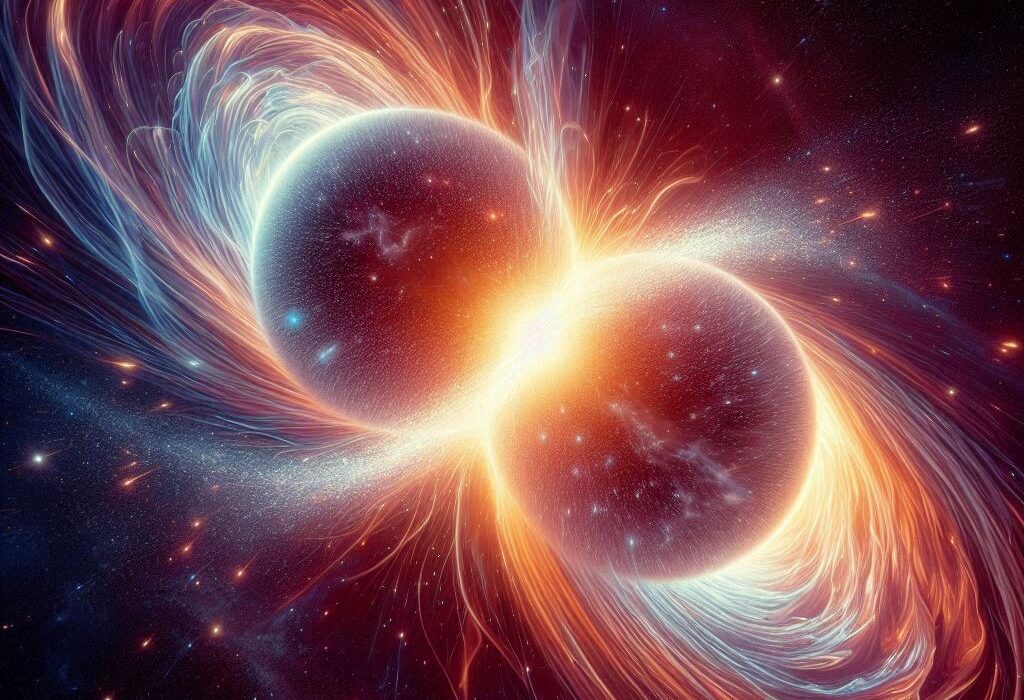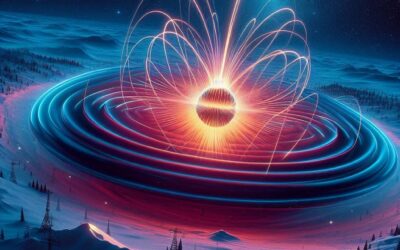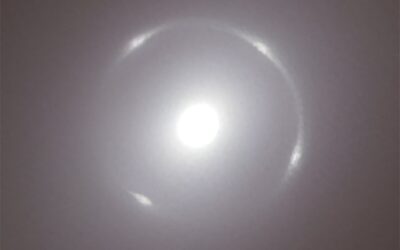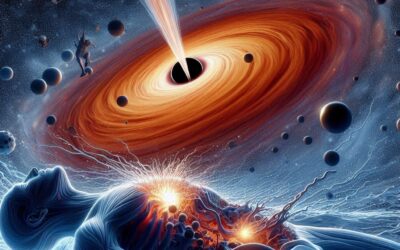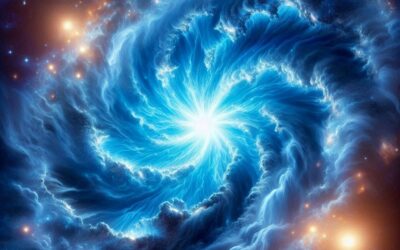Scientists at Goethe University Frankfurt have recently made a groundbreaking discovery regarding neutron stars, unveiling a new method to probe their interiors by analyzing gravitational waves produced during neutron star collisions. Their study, published in Nature Communications, focuses on the “long ringdown” phase, a pure-tone signal emitted by the remnant formed after two neutron stars merge. This phase, which occurs shortly after the collision, holds crucial insights into the so-called equation of state (EoS) of neutron-star matter—an important concept that describes how matter behaves under extreme conditions, such as high pressure and density.
Neutron stars are incredibly dense and compact objects, with masses greater than the sun’s yet confined within a spherical volume just a few dozen kilometers across. These objects are the remnants of massive stars that have exhausted their fuel and collapsed under their own gravity. Despite their fascinating nature, understanding the internal structure of neutron stars has been a significant challenge for scientists due to the extreme conditions inside them. The interior of neutron stars remains a mystery, with various competing models attempting to explain the behavior of matter at the extreme densities and pressures found in these objects.
One of the most remarkable phenomena in the universe is the collision of two neutron stars. The first such event, GW170817, was observed in 2017 and offered a unique opportunity to study the properties of neutron stars. As these binary neutron stars spiral toward each other over millions of years, they emit gravitational waves—ripples in spacetime predicted by Einstein’s theory of general relativity. However, the most intense gravitational wave signals occur during and immediately after the merger.
During the merger, the two neutron stars collapse into a single, rapidly rotating remnant. This object, typically referred to as the post-merger remnant, emits gravitational waves in a strong but narrow frequency range. These waves, specifically the signal emitted during the long ringdown phase, can provide unprecedented insights into the equation of state of nuclear matter within neutron stars. The EoS is a crucial part of understanding how matter behaves under the immense pressures found in the cores of these stars. However, obtaining direct information about this equation under the extreme conditions within neutron stars has been nearly impossible with current observational techniques.
A new breakthrough in neutron star research emerged from Prof. Luciano Rezzolla’s group at Goethe University Frankfurt, who focused on the post-merger gravitational-wave signal. They discovered that while the amplitude of the signal decreases over time, the frequency becomes more stable and consistent. This phenomenon, referred to as the “long ringdown,” is characterized by a tendency toward a single, pure frequency, much like the sound of a giant tuning fork after being struck. The researchers found that this pure tone carries a strong correlation with the physical properties of neutron stars, particularly their core regions, which are typically the least understood and most difficult to study.
Rezzolla and his team have shown that different neutron star remnants, depending on their internal composition as described by the equation of state, will resonate at different frequencies during the long ringdown phase. Just as different materials produce distinct tones when struck, remnants with different internal properties will emit gravitational waves at different frequencies. By analyzing these frequencies, scientists could potentially deduce the internal composition of neutron stars, shedding light on their mysterious interiors.
“We are extremely proud of this discovery because it demonstrates the remarkable excellence of scientists from Frankfurt and Darmstadt in their efforts to study neutron stars,” says Prof. Rezzolla. “Neutron stars have been a central focus of the Hessian research cluster ELEMENTS, and this work is a testament to the expertise of our team.”
The significance of this discovery lies in its potential to narrow down the uncertainty surrounding the equation of state at extreme densities. Currently, no direct observational methods can provide data about the behavior of matter in the core of neutron stars, making this new approach particularly valuable. Using advanced simulations and a carefully selected set of equations of state, the researchers were able to simulate neutron star mergers and study the characteristics of the long ringdown phase. Their work suggests that this phase could offer new, stringent constraints on the properties of matter under such extreme conditions.
Dr. Christian Ecker, the study’s first author, explains that this research marks an exciting step forward in our understanding of neutron-star matter. “Thanks to advances in statistical modeling and high-precision simulations on Germany’s most powerful supercomputers, we have identified a new phase in neutron star mergers,” he says. “This phase could provide valuable new insights into the state of matter in neutron stars, especially as future gravitational-wave events are observed.”
Dr. Tyler Gorda, a co-author of the study, adds that by strategically choosing a subset of equations of state for their simulations, they were able to mimic the results of a full statistical ensemble of matter models while saving time and computational resources. This approach not only reduces the need for extensive computer simulations but also increases the reliability and robustness of the results, ensuring that the findings can be applied to real-world observations.
Despite the theoretical nature of these findings, there is growing optimism within the scientific community that future gravitational-wave detectors will be able to detect the long ringdown signal. Current detectors, like LIGO and Virgo, have yet to observe the post-merger signal, but scientists are hopeful that next-generation detectors, such as the Einstein Telescope, set to become operational in Europe within the next decade, will be able to capture this elusive signal. When this occurs, the long ringdown will offer scientists a powerful new tool for exploring the innermost workings of neutron stars.
The potential to observe and study the long ringdown is an exciting prospect, as it will allow for a more detailed and accurate understanding of the equation of state at ultra-high densities, an area where current data is extremely limited. The detection of this signal would represent a monumental leap in our ability to probe the most extreme forms of matter in the universe, providing essential insights into the behavior of matter under conditions far beyond what can be recreated in laboratories on Earth.
More information: Christian Ecker et al, Constraining the equation of state in neutron-star cores via the long-ringdown signal, Nature Communications (2025). DOI: 10.1038/s41467-025-56500-x
